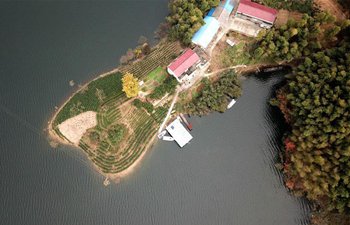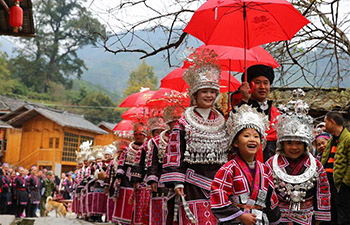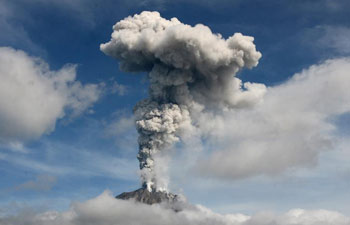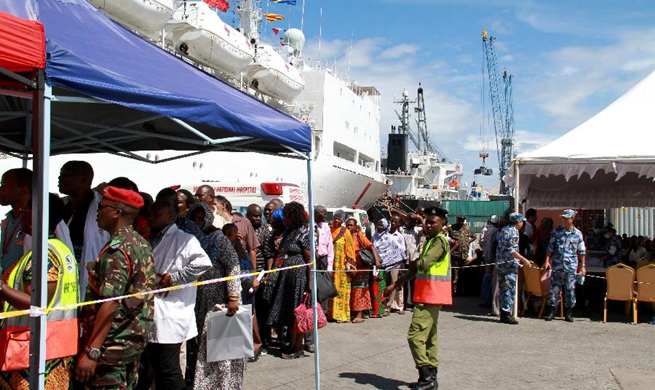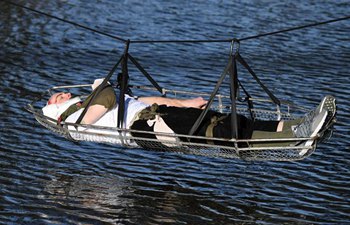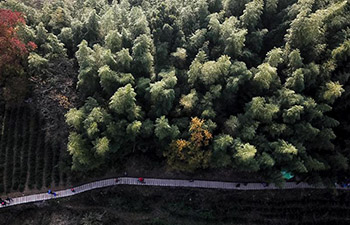CANBERRA, Nov. 22 (Xinhua) -- Australia's Bureau of Meteorology (BOM) has warned that a La Nina event is almost certain to develop in southern Pacific Ocean.
The BOM's latest El Nino Southern Oscillation (ENSO) report, released on Tuesday night, found that while a La Nina event is highly likely in December, high rainfall often linked to the phenomenon is not expected to unfold due to competing factors.
Blair Trewin, a senior BOM climatologist, said that heatwaves were more likely to occur than rainfall.
"The sea surface temperatures in the tropical Pacific have cooled a bit further, so in the key areas of the central and east-central Pacific we are now looking at sea surface temperatures of 0.5-0.6 of a degree below average," Trewin told the Australian Broadcasting Corporation (ABC) on Wednesday.
"The other thing that has changed is the projections of the seasonal climate prediction models firming up around the likelihood that we will see a La Nina of sorts, probably a fairly weak and short lived one in these next few months."
Trewin said the cooler water temperature meant that less water would be evaporated, meaning La Nina would bring less water to Australia than usual.
"The climate outlook for this summer is, if anything, leaning slightly towards the dry side despite the likelihood of a weak La Nina," he said.
"Whereas there are other parts of the world which we would expect to see more typical La Nina signals."
The La Nina conditions have been compared to a similar event in the summer of 2008-2009 when the oscillation caused south-eastern Australia to suffer a record-breaking heatwave.
Over 16 days from 25 January 2009 to February 9, 50 separate locations set records for highest daytime or overnight temperatures.
Both Melbourne and Adelaide set new records for consecutive days over 40 degrees Celsius with Melbourne recording its highest-ever temperature of 46.4 degrees Celsius.
More than 370 people died as a result of the heatwave and more than 2,000 were treated for heat-related effects.
The Black Saturday bushfires, the worst in Australia's history, also began during the heatwave, ultimately killing 173 people and destroying more than 3,500 buildings.




